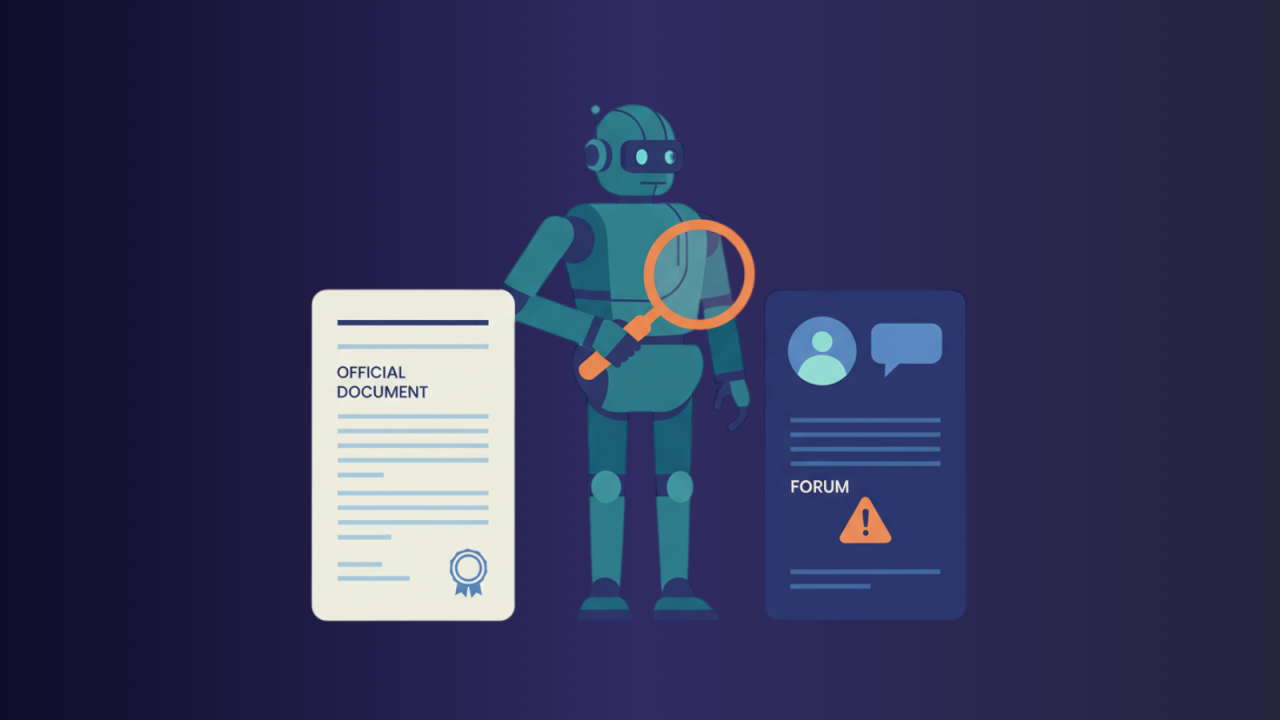Vendor-Neutral Disclosure: This survey is vendor-neutral; where we mention InteliGems, it's as a systems-integrator overlay. The overlay is an AI-model tool for the in-prompt function for @Dataset Targeting and producing audit-ready evidence from the platforms you already use today (i.e., deployed in your Azure, Google Cloud, or AWS environment).
A governed AI agent system operates as an autonomous application that performs actions, monitoring, or tasks while utilizing diverse data sources and datasets. This system requires governance controls to ensure security, compliance, and safety.
Governance incorporates policy enforcement, human-in-the-loop (HITL) approvals, and audit trails, enabling agents to operate within defined constraints or boundaries. For example, guardrails for agents can include mapping their actions to control frameworks such as the NIST AI RMF or ISO/IEC standards.
@Dataset Targeting is an essential component of an orchestrated multi-agent team. It represents a breakthrough runtime mechanism that allows teams to create named, reusable datasets, which can be dynamically assigned to agents and prompts using an @notation (e.g., @Policies_2025). Assigning a @Dataset at prompt time scopes Retrieval-Augmented Generation (RAG) retrieval to curated corpora—including documents, files, tables, and videos. This delivers significant benefits, such as reducing token usage, enhancing relevance, and generating persistent audit evidence.
Traditional untargeted Retrieval-Augmented Generation (RAG) across an entire corporate corpus often results in noisy, expensive, and indefensible outputs. According to recent surveys and vendor analyses, scoped retrieval emerges as the most impactful quality lever in enterprise environments. Scoped datasets minimize off-topic context, lower hallucination risks, and reduce token usage and compute costs by 35-60% on average, with some workflows achieving 60-80% savings. Moreover, dataset targeting operationalizes Attribute-Based Access Control (ABAC), Role-Based Access Control (RBAC), and Separation of Duties (SoD) directly at retrieval time, rather than solely at storage, addressing vulnerabilities from ad hoc vector copies.
To compare platforms fairly we apply five weighted pillars:
This article synthesizes data from multiple 2025 surveys and reports, including:
We analyzed official docs, release notes, vendor sites, and verified partner content to rank platforms.
This guide evaluates 15 leaders across enterprise platforms, model ecosystems, search/knowledge, virtualization, and OSS frameworks. Representative entries include:
InteliGems serves as an AI governance integration tool not a direct competitor, but a specialized add-on that augments your existing AI investments. It acts as a dataset targeting enhancement that integrates seamlessly with platforms already in use within your Azure, Google Cloud, or AWS environments.
What InteliGems adds to your existing AI stack:
Deployment approach: InteliGems functions as a governance layer within your cloud infrastructure, enhancing platforms like Azure AI Foundry, Vertex AI, or Snowflake Cortex with advanced dataset targeting capabilities. This enables typical token reductions of 35-60% and streamlined audit workflows.
Note: InteliGems functions as a bolt-on enhancement to existing AI platforms rather than a standalone replacement, designed to make your current AI investments more powerful and compliant.
High-quality, governed input data is a prerequisite for effective dataset targeting. Organizations must define and manage dataset ownership, structure, and evolution so downstream agents can consume reliable inputs. Tooling for validation, real-time alerting, and recovery accelerates time-to-value and preserves lineage as datasets evolve.
Enterprise Deployment Approaches:
Cloud-Native Security: Deploy agents within your cloud provider's security boundaries (AWS Control Tower, Google Assured Workloads, Azure Security Center) with centralized logging for audit trails.
Evidence Pipeline: Create systematic compliance documentation by capturing citations, tracking data lineage, and generating exportable evidence packages (JSON/CSV) for regulatory audits and SIEM integration.
Risk Mitigation:
Map your immediate use cases (compliance reports, customer service, revenue ops) to platform strengths. Data cloud buyers may prefer Snowflake Cortex for unified governance; Azure tenants benefit from Foundry guardrails; OSS or hybrid shops may choose Weaviate or LangChain with developer-led governance. Overlay options like InteliGems provide a fast path to no-code @Dataset targeting and auditability within your existing cloud estate.
The fastest path to accurate, auditable, and cost-efficient agents is treating datasets as first-class, governed objects that can be assigned at runtime. Platforms that unify dataset governance, provide transparent provenance, and enable in-prompt dataset targeting will dominate regulated enterprise AI. Use the five pillars to evaluate vendors, run focused POCs, and prioritize evidence-first patterns to make agents defensible and operational.
See related analyses on lead and intent targeting trends, precision targeting, AI governance, and data management best practices below.
Recommended sources include the 2025 lead targeting trends report, a Precision Targeting analysis for high-intent B2B segments, Snowflake’s High Quality, Well-Governed AI-Ready Behavioral Data guidance, a practical Agentic AI guide on secure and governed agents, and a vendor-agnostic AI governance platforms overview. Use these materials to validate vendor claims, test evidence exports, and design dataset lifecycles that support regulated production agents and defensible audit outcomes. Start with POCs.
AI Trends & Industry Insights

November 12, 2025
AI agents with web search access are parroting unreliable sources Reddit posts, SEO spam, and outdated content leading to a 35% false information rate in 2025. This article exposes 10 critical failure modes of search-powered agents and provides 12 architectural defenses: layered trust scoring, multi-source corroboration, prompt-injection hardening, and citation-first transparency. Discover how Odyssey Scout™ implements these principles to achieve 97% validated output for compliance-critical scenarios. Stop agents from acting on the loudest page learn defense-in-depth strategies for governed web intelligence.

October 13, 2025
Google's Agent Payments Protocol (AP2) launches as the first industry standard for AI agents to execute autonomous payments, backed by 60+ partners including Mastercard, PayPal, and Coinbase, using three cryptographically signed mandates that create tamper-proof audit trails from intent to completion. InteliGems delivers the governance layer that makes AP2 defensible for regulated industries through separation of duties, policy enforcement, and comprehensive evidence generation.
Get started today
We’ll map your controls, connect a dataset, and stand up a private POC in 1-4 weeks.